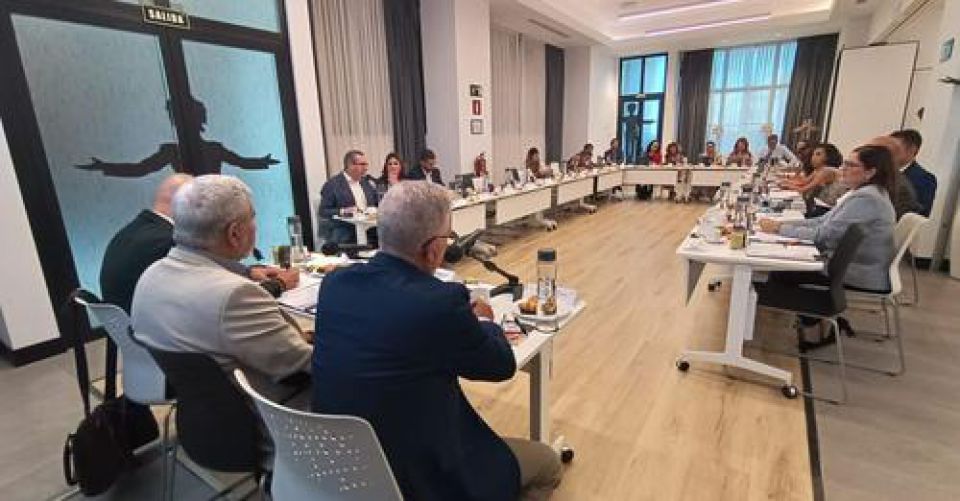At the weekend the tourism boroughs of Adeje, Benidrom, Calvià, Lloret de Mar, Salou, Arona, San Bartolomé de Tirajana and Torremolinos held a working day to continue their campaign to push for improved national funding given their visitor population needs.
The eight Spanish regions are members of the AMT, the alliance of (sun and beach) tourism municipalities, and have been meeting with the secretary of state for tourism, Fernando Valdés, to advance their proposal to redefine the concept of a tourism borough, the zones that are actually leading the economic recovery of the sector in Spain.
In general the argument is that while funding from the state is allocated to boroughs (for local services such as water treatment, sewage, rubbish collection, etc.) based on registered residential population, tourism boroughs are often catering for huge percentage increases in the numbers of people staying in their boroughs due to tourism, and these visitors also need proper local services.
Among those present were the president of the AMT, Adeje mayor José Miguel Rodríguez Fraga the alliance vice-president and mayor of Salou, Pere Granados, and the secretary and mayor of Lloret de Mar, Juame Dulsat, with the mayors of the other member boroughs also in attendance and the president of the hotel technological institute, Javier García Cuenca.
During his intervention, José Miguel Rodríguez Fraga referred to an agreement signed with the tourism secretary of state to explore the different financial possibilities for tourism towns, one of the principal goals of the AMT. A report regarding the conclusions is due to be published in the first quarter of 2023.
Pere Granados referred to the need for the government to recognise tourism as an ‘industry’ when preparing national budgets, adding that it was the member councils and the people of the tourism destinations who paid to host the millions of visitors whose decision to visit Spain benefitted the country in general. This was why the way service funding was allocated needed to take both resident and visitor numbers into account in the future – for instance a borough with 430,000 registered residents was often catering for over 8 million tourists.
Fernando Valdés did agree that the tourism boroughs had “special requirements in supporting a huge number of visitors annually”, and underlined the importance of the aforementioned study, which “will allow us evolve financial formulas” to help the boroughs in maintaining their status as huge tourist draws.
Valdés also made reference to the initiative of the tourism minister Reyes Maroto, to develop a national ‘sun and beach’ tourism plan for 2023, recognising the importance of the sector.
The AMT members represent 0.9% of the resident population, but support 4% of employment in the sector, hold 15% of all hotel beds nationally and 20% of those who visit Spain will visit one of the member boroughs annually.
